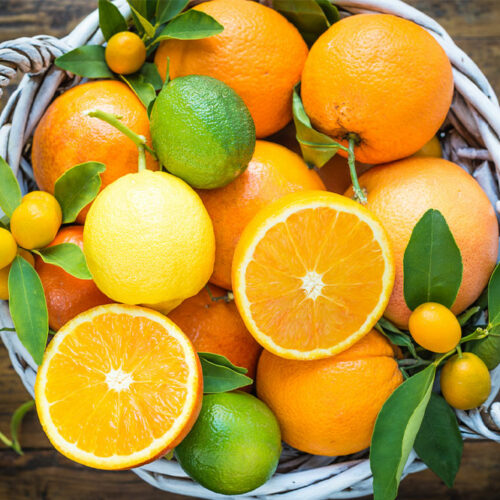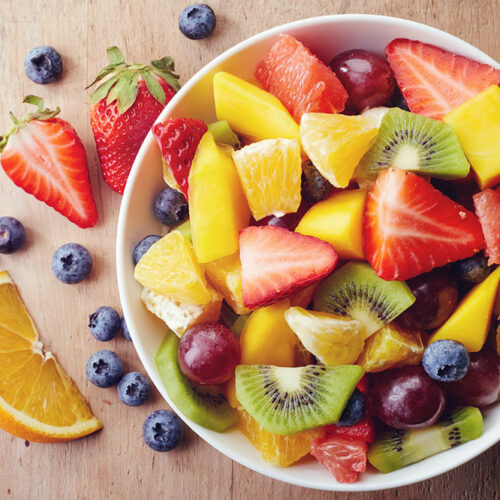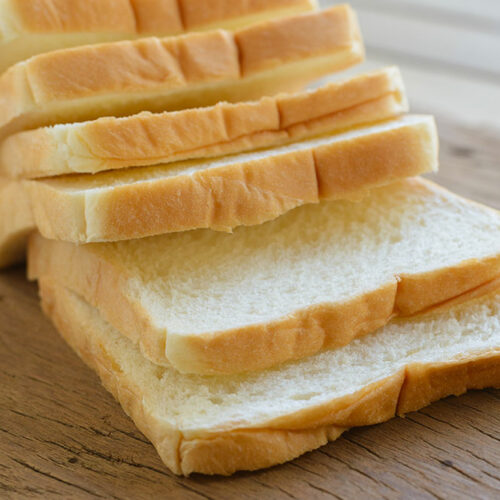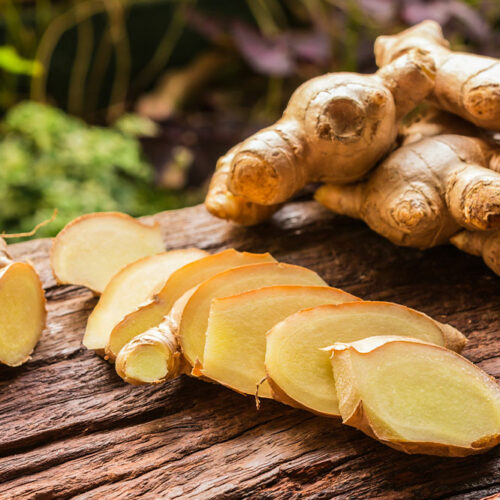7 foods that help relieve seasonal allergy symptoms
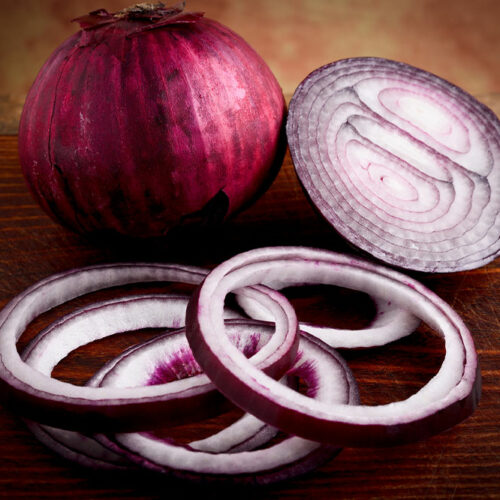
Seasonal allergies each year bring symptoms like sneezing, sniffling, runny nose, and itchy eyes. While treatments can help relieve some allergy symptoms, the effect is enhanced when one makes better food choices. So, it is important to know which foods can help one deal with seasonal allergies. Some nutrient-rich options can help lower inflammation in the body. However, one should consult a healthcare specialist before making drastic changes to meals. Onions Foods like onions, garlic, berries, citrus fruits, leafy vegetables, and apples are rich in quercetin. Quercetin is a flavonoid with anti-inflammatory and anti-histamine properties. It helps in bringing down histamine production in the body, alleviating symptoms of seasonal allergies. The decreased production of histamine lowers the intensity of allergic reactions. Adding these foods to meal meals, especially in preparation for the allergy season, is a great way of getting nutrients and keeping symptoms at bay. These foods can also help one recover after a major allergic reaction. Yogurt Probiotics are essential for the proper functioning of the immune system. They contain bacteria that improve gut health and strengthen immunity. Yogurt contains probiotics, helping the immune system fight infections. Other items rich in probiotics are fermented foods like kefir, sauerkraut, and kombucha.
